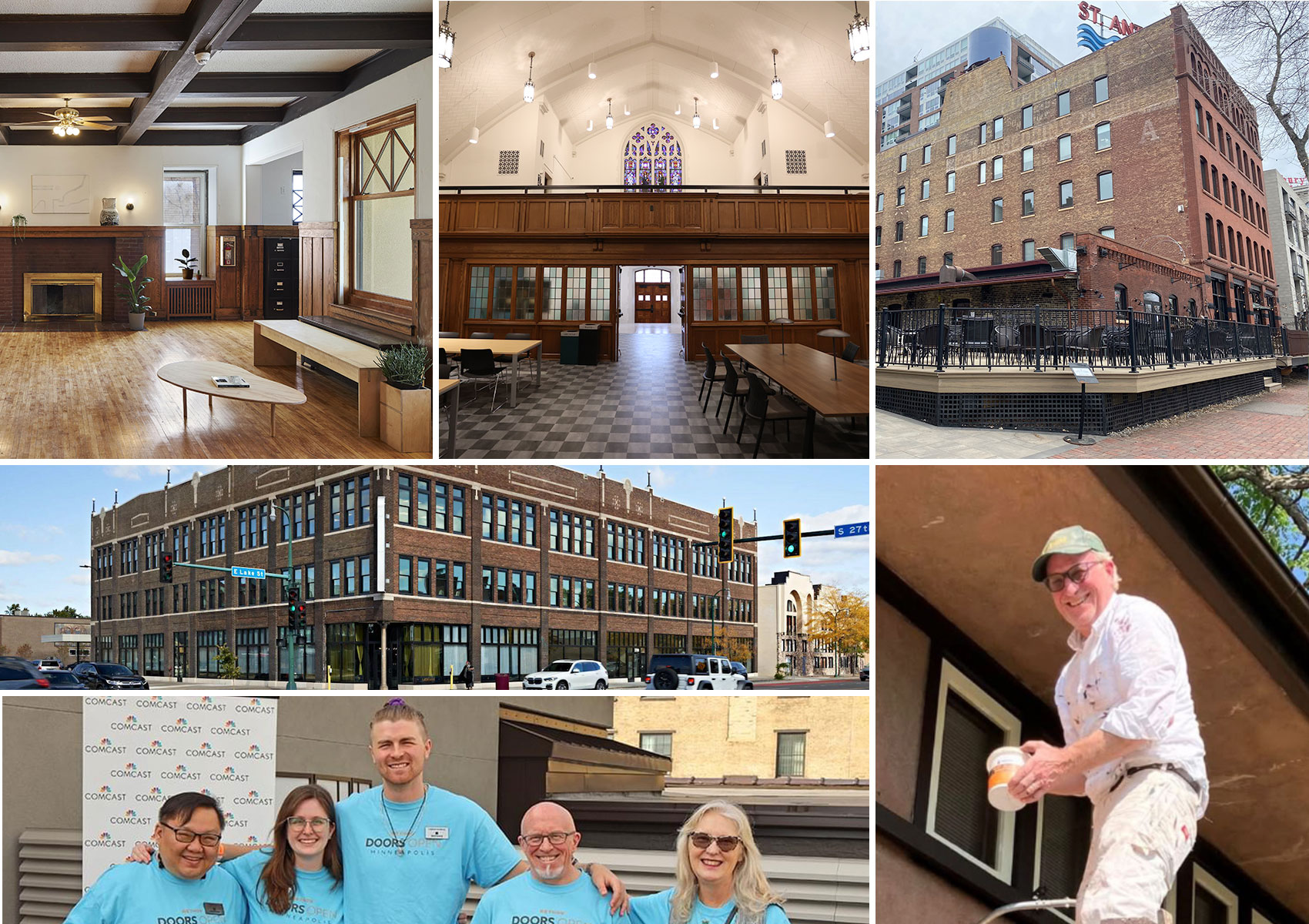Keeping Our Profession Resilient
By Meredith Hayes Gordon, AIA Minnesota President
A USA Today College article published this past July lists architecture as the college major with the lowest unemployment rate. And yet a study from Georgetown University using 2010 census data lists that same degree as having the highest unemployment rate indicative of the 2008 recession. This is certainly a paradox for those outside the profession, but for those of us working in architecture, we understand this cycle all too well. Our business ebbs and flows with the economy, the market, and cultural trends.
As the recent article alludes, most of us are busy; in fact, quite busy right now. Business is good, but how long will it last? The cyclical nature of our business is a constant and we must be thoughtful in considering how we develop resilient infrastructure to get through both the ups and downs. Earlier this summer, the Royal Institute of British Architects published a paper that found four key characteristics of professionally resilient architectural practices: business-focused, innovative, adaptable, and diverse & inclusive.
For the majority of us, we did not pursue a career in architecture because we wanted to focus on running a sound business. Most degree programs do not include coursework on how to operate a firm. Being business-minded can even feel antithetical to the drive to create well designed environments. But, many participants in the RIBA study described how having a business focused approach is the foundation for good design. Resilient practices are not driven simply by growth but instead by investing in the right team, improving operations, and protecting financial stability.
Innovation and adaptability in architectural practices is also important to resilience. Firms that understand the long term value of investing in technology, research and skills open themselves up to expand business opportunities in areas where others may lag behind. Similarly, those firms that proactively plan for the ups and downs of the profession are much more likely to make it through the next recession. Being agile to shifting market trends and unexpected challenges will lead to firm resilience.
Last, and in my mind, the most important characteristic for resilience is being diverse and inclusive. As is the case in most service industries, people can be the most critical asset of a company and staff turnover is in direct conflict with practice sustainability. Firms that focus on developing and retaining a demographically diverse staff who foster passion, constructive conflict, and a culture of inquiry, and support exploration and experimentation are more likely to develop the resilience necessary to weather difficult times. Better architecture results from a strong, cohesive and diverse team and developing that office culture promotes a sustainable practice.
As we savor the prosperity in the profession today, we must also continue to consider how our individual businesses can foster resilience to make it through the next recession. We have an amazing community of practice in Minnesota and there is always opportunity to learn from each other as we grow out businesses.
View the full September issue of Matrix.

